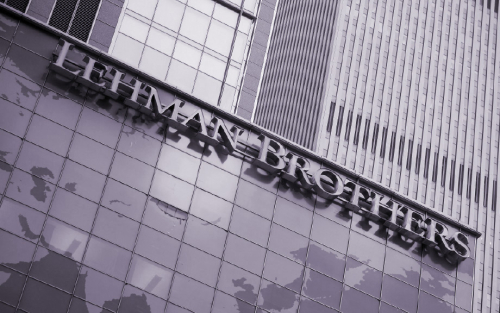The Costs of Corporate Debt Overhang Following the COVID‑19 Outbreak

Leading up to the COVID-19 outbreak, there were growing concerns about corporate sector indebtedness. High levels of borrowing may give rise to a “debt overhang” problem, particularly during downturns, whereby firms forego good investment opportunities because of an inability to raise additional funding. In this post, we show that firms with high levels of borrowing at the onset of the Great Recession underperformed in the following years, compared to similar—but less indebted—firms. These findings, together with early data on the revenue contractions following the COVID-19 outbreak, suggest that debt overhang during the COVID-recession could lead to an up to 10 percent decrease in growth for firms in industries most affected by the economic repercussions of the battle against the outbreak.
Customer and Employee Losses in Lehman’s Bankruptcy

In our second post on the Lehman bankruptcy [link to recovery blog], we discussed the cost to Lehman’s creditors from having their funds tied up in bankruptcy proceedings. In this post, we focus on losses to Lehman’s customers and employees from the destruction of firm-specific assets that could not be deployed as productively with another firm. Our conclusions are based in part on what happened after bankruptcy—whether, for example, customer accounts moved to other firms or employees found jobs elsewhere. While these indirect costs are difficult to pin down, the analysis suggests that the most notable losses were borne by mutual funds that relied on Lehman’s specialized brokerage advice and firms that used Lehman for its equity underwriting services.
Some Options for Addressing Puerto Rico’s Fiscal Problems
By Hunter L. Clark, Andrew F. Haughwout, and James A. Orr Puerto Rico’s economic and fiscal challenges have been an important focus of work done here at the New York Fed, resulting in two reports (2012 and 2014), several blog posts and one paper in our Current Issues series in just the last few years. […]
Resolution of Failed Banks
During the recent crisis, some of the largest and most prominent financial institutions failed or nearly failed, requiring extraordinary intervention from regulators, such as extended access to lender-of-last-resort facilities, debt and deposit guarantees, and injection of capital to mitigate systemic risk.










 RSS Feed
RSS Feed Follow Liberty Street Economics
Follow Liberty Street Economics